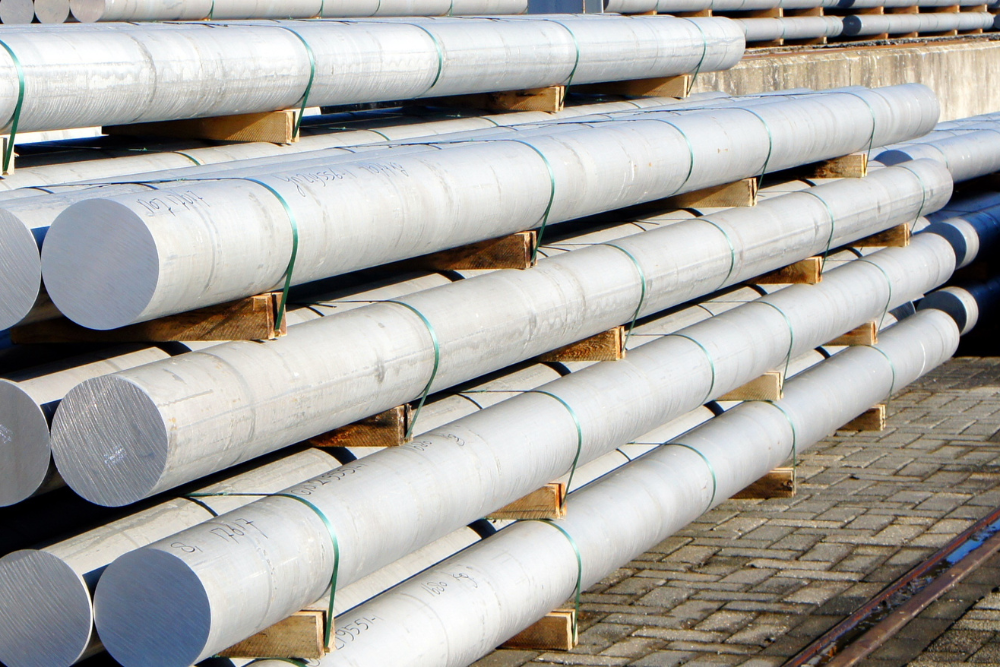Aluminium Fabrication: A Comprehensive Guide

Aluminium fabrication is a versatile and widely used manufacturing process that involves shaping, cutting, and assembling aluminium into various structures and components. Due to its lightweight, corrosion resistance, and high strength-to-weight ratio, aluminium is a preferred material in industries such as aerospace, automotive, construction, and electronics. This guide explores the different aspects of aluminium fabrication including techniques, applications, advantages, and challenges.
1. Understanding Aluminium as a Material
1.1 Properties of Aluminium
-
Lightweight: About one-third the weight of steel, making it ideal for transportation and aerospace.
-
Corrosion Resistance: Forms a protective oxide layer, reducing rust and degradation.
-
High Strength-to-Weight Ratio: Strong yet lightweight, suitable for structural applications.
-
Thermal and Electrical Conductivity: Excellent for heat exchangers and electrical wiring.
-
Recyclability: 100% recyclable without losing quality, making it eco-friendly.
1.2 Common Aluminium Alloys Used in Fabrication
-
1000 Series: Pure aluminium (99%+), highly corrosion-resistant but soft.
-
3000 Series: Manganese-added, moderate strength (e.g., 3003 for cookware).
-
5000 Series: Magnesium-added, excellent weldability (e.g., 5052 for marine applications).
-
6000 Series: Magnesium and silicon-added, strong and heat-treatable (e.g., 6061 for structural frames).
-
7000 Series: Zinc-added, very high strength (e.g., 7075 for aerospace).
2. Aluminium Fabrication Techniques
2.1 Cutting
-
Shearing: Used for straight cuts on sheets and plates.
-
Laser Cutting: High precision for complex shapes.
-
Plasma Cutting: Effective for thick aluminium sheets.
-
Water Jet Cutting: Cold-cutting process, no heat-affected zones.
2.2 Forming and Bending
-
Roll Forming: Continuous bending for long sheets.
-
Press Brake Forming: Uses a punch and die to create bends.
-
Stretch Forming: Used in aerospace for large, curved parts.
2.3 Welding and Joining
-
TIG Welding (GTAW): High precision, clean welds for thin aluminium.
-
MIG Welding (GMAW): Faster process for thicker materials.
-
Friction Stir Welding (FSW): Solid-state welding, no melting.
-
Adhesive Bonding & Mechanical Fastening: Used where welding isn’t suitable.
2.4 Machining
-
CNC Milling & Turning: High-precision shaping of aluminium parts.
-
Drilling & Tapping: Creating holes and threads in aluminium components.
2.5 Surface Finishing
-
Anodizing: Enhances corrosion resistance and adds color.
-
Powder Coating: Durable, decorative finish.
-
Polishing & Brushing: Aesthetic improvements.
3. Applications of Aluminium Fabrication
3.1 Aerospace Industry
-
Aircraft frames, wings, and fuselage components.
-
Lightweight yet strong structural parts.
3.2 Automotive Industry
-
Engine components, body panels, and wheels.
-
Electric vehicle battery enclosures.
3.3 Construction & Architecture
-
Window frames, roofing, and cladding.
-
Structural beams and bridges.
3.4 Marine Industry
-
Boat hulls, railings, and offshore structures.
-
Resistant to saltwater corrosion.
3.5 Electronics & Consumer Goods
-
Heat sinks, smartphone bodies, and LED frames.
-
Lightweight and thermally conductive.
4. Advantages of Aluminium Fabrication
✅ Lightweight yet strong – Ideal for weight-sensitive applications.
✅ Corrosion-resistant – Long lifespan with minimal maintenance.
✅ Eco-friendly – Fully recyclable, sustainable material.
✅ Versatile fabrication – Can be cut, welded, machined, and formed easily.
✅ Aesthetic appeal – Can be polished, anodized, or coated for various finishes.
5. Challenges in Aluminium Fabrication
⚠ Higher Cost: More expensive than steel in some cases.
⚠ Thermal Expansion: Requires careful design to avoid warping.
⚠ Welding Difficulties: Requires specialized techniques due to oxidation.
⚠ Softness: Some alloys can be prone to scratches and dents.
6. Future Trends in Aluminium Fabrication
-
Automation & AI: CNC and robotic fabrication for precision.
-
Green Manufacturing: Increased use of recycled aluminium.
-
Advanced Alloys: Development of stronger, lighter alloys.
-
3D Printing: Additive manufacturing for complex aluminium parts.
Conclusion
Aluminium fabrication is a critical process across multiple industries due to the metal’s unique properties, including lightweight strength, corrosion resistance, and recyclability. From cutting and welding to forming and finishing, various techniques are used to create durable and functional components. While challenges like cost and welding difficulties exist, advancements in technology and materials continue to expand the possibilities of aluminium fabrication. As industries move toward sustainability and efficiency, aluminium will remain a key material in modern manufacturing.
- Art
- Causes
- Crafts
- Dance
- Drinks
- Film
- Fitness
- Food
- Spiele
- Gardening
- Health
- Home
- Literature
- Music
- Networking
- Other
- Party
- Religion
- Shopping
- Sports
- Theater
- Wellness
- Script
- App
